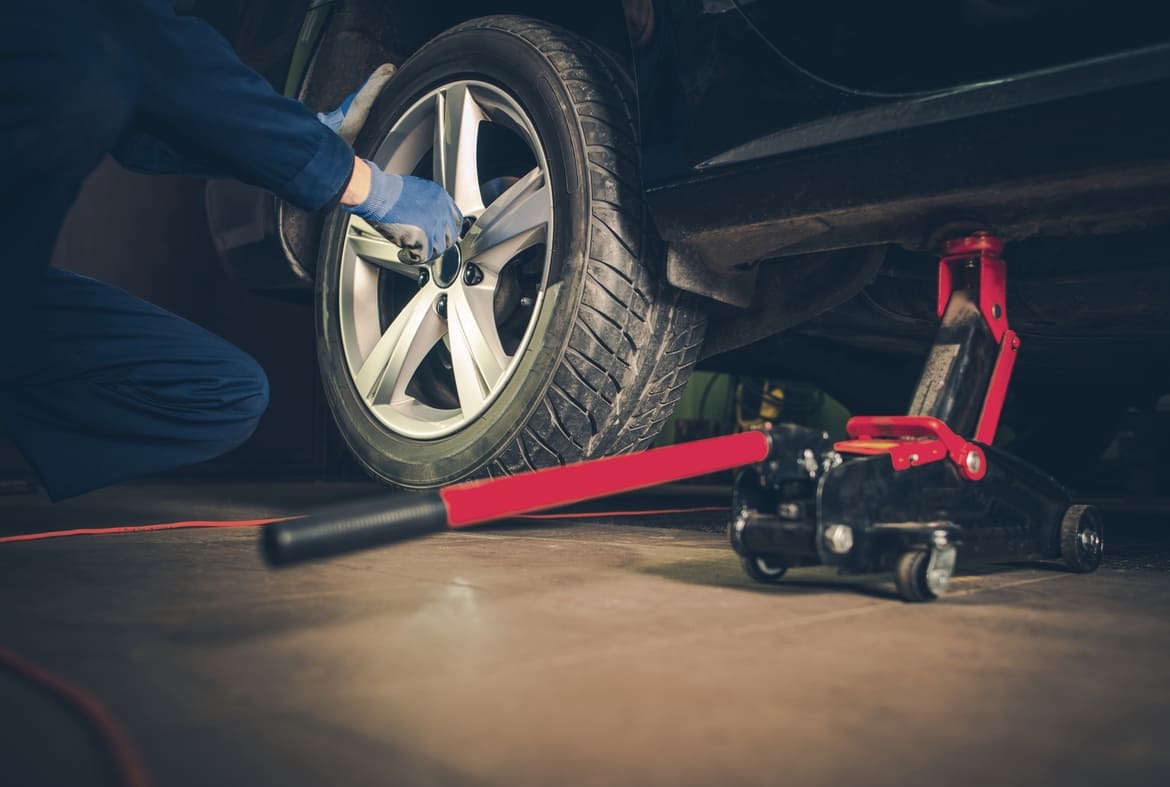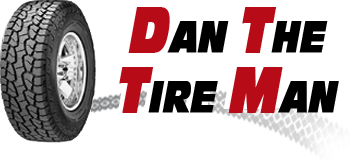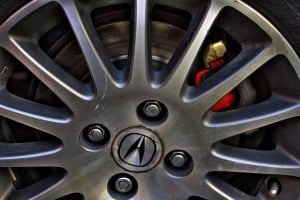
Every vehicle owner knows tires aren’t cheap and they’re not something you want to replace sooner than necessary. One of the simplest, most effective ways to extend the life of your tires is through regular tire rotation. Yet a lot of drivers either skip this entirely or aren’t sure how to rotate tires properly.
This guide explains everything you need to know about tire rotation patterns, when to rotate your tires, how tire type affects rotation, and why rotation matters for performance and safety. Whether you drive a sedan, SUV, pickup truck, or commercial vehicle, understanding tire rotation is key to maximizing your tire investment.
What Is Tire Rotation and Why Is It Important?
Tire rotation involves moving each tire to a different position on the vehicle. The most common reason is simple: tires do not wear evenly.
Why Tires Wear Unevenly
Several factors cause tires to wear at different rates:
| Factor | Effect on Tires |
|---|---|
| Weight distribution | Front tires carry more weight in most vehicles, especially FWD |
| Steering | Front tires wear faster due to turning and cornering pressure |
| Drive type | FWD, RWD, and AWD vehicles place different demands on tires |
| Braking habits | Aggressive braking wears front tires more quickly |
If tires are left in the same place for too long, one or two tires may become significantly more worn than the others. Once this imbalance develops, the wear accelerates and becomes irreversible.
Benefits of Regular Tire Rotation
- Extends tire life (often adding thousands of extra miles)
- Improves fuel efficiency
- Enhances traction and handling
- Reduces uneven tread wear patterns
- Prevents premature tire replacement
- Helps maintain even brake and suspension wear
In short, tire rotation is one of the easiest ways to save money while keeping your vehicle safer.
How Often Should You Rotate Your Tires?
Most manufacturers recommend a rotation every 5,000 to 7,500 miles. A helpful rule of thumb: Rotate your tires at every oil change.
If you drive frequently, tow, haul heavy loads, or drive on rough surfaces, you may want to rotate more frequently, around every 4,000 miles.
Ignoring rotation can result in cupping, uneven tread depth, noise, shakiness, and ultimately replacing tires much earlier than necessary.
Directional vs. Non-Directional Tires
Before choosing a rotation pattern, you need to know what type of tires you have.
Directional Tires
Directional tires are designed to rotate in one direction only. They have a V-shaped tread pattern that pushes water outward to prevent hydroplaning.
How to identify:
Look for arrows on the sidewall indicating rotation direction.
Rotation Pattern:
Front-to-back on the same side of the vehicle.
Example:
- Left Front → Left Rear
- Right Front → Right Rear
Non-Directional Tires
Non-directional tires can be rotated in multiple patterns, allowing for more flexibility and more even wear.
Most tire rotation guides assume non-directional tires.
Understanding Your Vehicle's Drive Type
The correct rotation pattern depends on whether your vehicle is:
- Front-Wheel Drive (FWD)
- Rear-Wheel Drive (RWD)
- All-Wheel Drive (AWD)
1. Tire Rotation Pattern for Front-Wheel Drive (FWD)
Front tires wear faster because they handle both driving and steering forces. The goal is to move the worn front tires to the rear and bring the less-worn rear tires to the front in a crossing pattern.
Pattern:
- Front Left → Rear Left
- Front Right → Rear Right
- Rear Left → Front Right
- Rear Right → Front Left
This is called the Forward Cross pattern.
2. Tire Rotation Pattern for Rear-Wheel and Four-Wheel Drive (RWD / 4WD)
Rear tires experience more wear because they supply power to the road. So the direction of the cross is reversed.
Pattern:
- Rear Left → Front Left
- Rear Right → Front Right
- Front Left → Rear Right
- Front Right → Rear Left
This is called the Rearward Cross pattern.
3. Tire Rotation Pattern for All-Wheel Drive (AWD)
AWD systems send power to all wheels. This means all four tires wear evenly, but rotation is still crucial to keep tread depth consistent.
AWD vehicles should generally rotate using the X-Pattern:
Pattern:
- Front Left → Rear Right
- Front Right → Rear Left
- Rear Left → Front Right
- Rear Right → Front Left
This keeps tire wear balanced across all corners.
What If Your Vehicle Has a Full-Size Spare?
Some trucks, SUVs, and off-road vehicles come with a full-size matching spare. In this case, you can use a 5-tire rotation which helps extend total tire set life even further.
5-Tire Rotation Pattern (RWD / 4WD example):
- Spare → Right Rear
- Right Rear → Right Front
- Right Front → Left Rear
- Left Rear → Left Front
- Left Front → Spare
This allows the spare to wear evenly with the main tires instead of aging unused.
Signs You Need a Rotation Immediately
If you’re not sure how many miles it has been, watch for these symptoms:
| Symptom | Likely Cause |
|---|---|
| Vibrations at highway speed | Uneven tread wear |
| One or two tires showing faster tread wear | Skipped rotations |
| Vehicle pulls slightly to one side | Uneven tire pressure or uneven wear |
| Increased road noise | Irregular tread patterns |
If you notice any of these, rotate your tires as soon as possible.
Do Winter Tires Need Rotation Too?
Absolutely.
Winter tires are made from softer rubber compounds designed to grip cold, icy roads. Because they are softer, they wear more quickly. Regular rotation ensures your winter tire set lasts multiple seasons instead of wearing out in just one.
Can You Rotate Tires at Home?
Yes — if you have:
- A jack
- Jack stands
- Lug wrench
- Knowledge of torque specs for your vehicle
However, many drivers prefer having a tire shop rotate their tires because shops can perform:
- Tire pressure checks
- Wheel alignment checks
- Balancing if needed
What Happens If You Never Rotate Your Tires?
Skipping rotations may lead to:
- Premature tire replacement
- Uneven tread depth that can’t be corrected
- Poor braking performance
- Less traction in rain or snow
- Increased chance of tire blowouts
- Rough or noisy ride
In the long run, not rotating your tires costs you more money than simply doing it regularly.
Tire Rotation Saves Money and Improves Safety
Tire rotation is one of the simplest ways to prolong the life of your tires and keep your vehicle handling as it should. Whether your vehicle is FWD, RWD, or AWD, using the right rotation pattern will give you smoother performance, better fuel efficiency, and safer driving in all weather conditions.
Need New Tires? We Make It Easy
At Dan The Tire Man, we specialize in affordable tires for every budget, from commuter sedans to lifted trucks and work vehicles.
Our business model makes buying tires easy, especially if money is tight:
✅ $0–$49 Out of Pocket
✅ No Hard Credit Check
✅ Easy Lease-to-Own Program
✅ Free Shipping Straight to Your Door
We help drivers get the tires they need right now, not months later.
If your tire rotation reveals that your tread is running low, we’ve got you covered.





